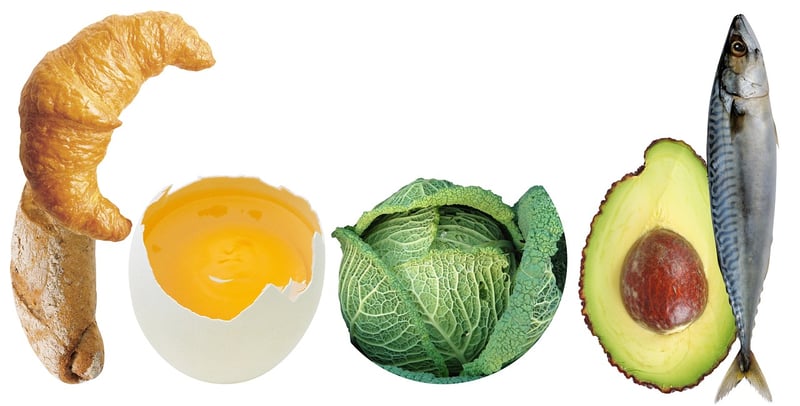Nutrient Management
Keeping Your Vertical Garden Flourishing: Nutrient Management Tips
Vertical gardens are a creative and space-saving way to bring greenery into your living or working space. However, like any garden, they require proper care and maintenance to thrive. One essential aspect of vertical garden maintenance is nutrient management. In this article, we will explore effective tips to keep your vertical garden flourishing through proper nutrient management.
1. Choose the Right Soil
Start by selecting a high-quality potting mix specifically designed for vertical gardens. These mixes are lightweight, well-draining, and rich in nutrients essential for plant growth. Avoid using regular garden soil, as it may be too heavy and compact for vertical gardening.
2. Consider Using a Fertilizer
Depending on the plants you have in your vertical garden, you may need to supplement the soil with a fertilizer. Look for a balanced fertilizer that provides essential nutrients like nitrogen, phosphorus, and potassium. Follow the instructions on the fertilizer package to avoid overfeeding your plants.
3. Implement a Watering Schedule
Proper watering is crucial for nutrient uptake in plants. Develop a watering schedule based on the needs of your vertical garden plants. Overwatering can lead to nutrient leaching, while underwatering can cause nutrient deficiencies. Monitor the moisture level in the soil regularly.
4. Consider Organic Nutrient Sources
For a more sustainable approach to nutrient management, consider using organic sources such as compost or organic fertilizers. These natural materials not only provide essential nutrients but also improve soil structure and promote beneficial microbial activity.
5. Monitor Plant Health
Keep an eye on the overall health of your vertical garden plants. Signs of nutrient deficiencies include yellowing leaves, stunted growth, and poor flowering. Address any issues promptly by adjusting your nutrient management practices.
6. Rotate Plants and Refresh Soil
Periodically rotate the plants in your vertical garden to ensure balanced nutrient uptake and light exposure. Refresh the soil by adding compost or a slow-release fertilizer to replenish nutrients that may have been depleted over time.
Conclusion
By implementing these nutrient management tips, you can ensure that your vertical garden remains healthy and vibrant. Proper nutrient management not only sustains plant growth but also enhances the visual appeal of your vertical garden. Remember to tailor your nutrient management practices to the specific needs of your plants for optimal results.
For more inspiration and ideas on vertical gardening, check out our Vertical Garden Design Guide.

